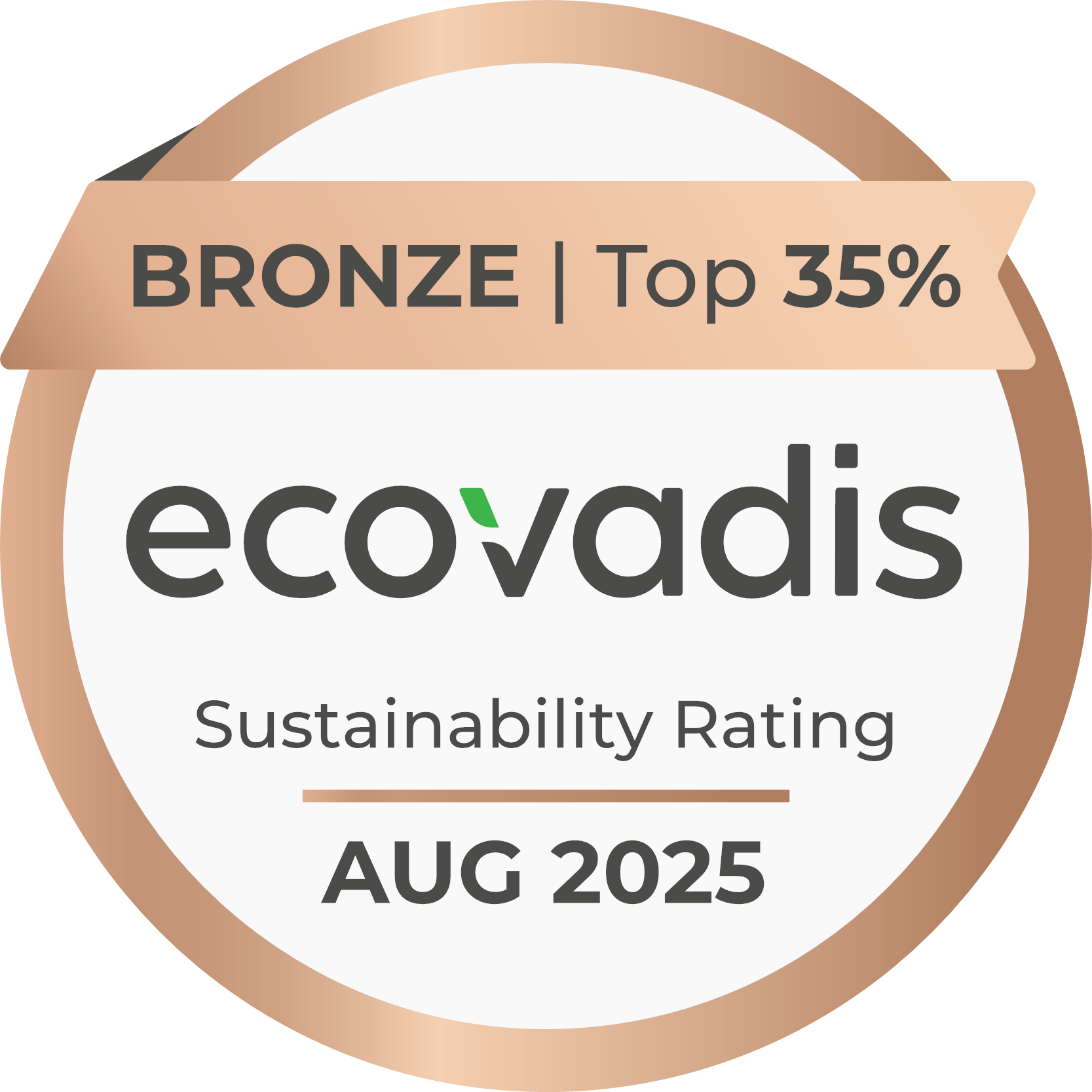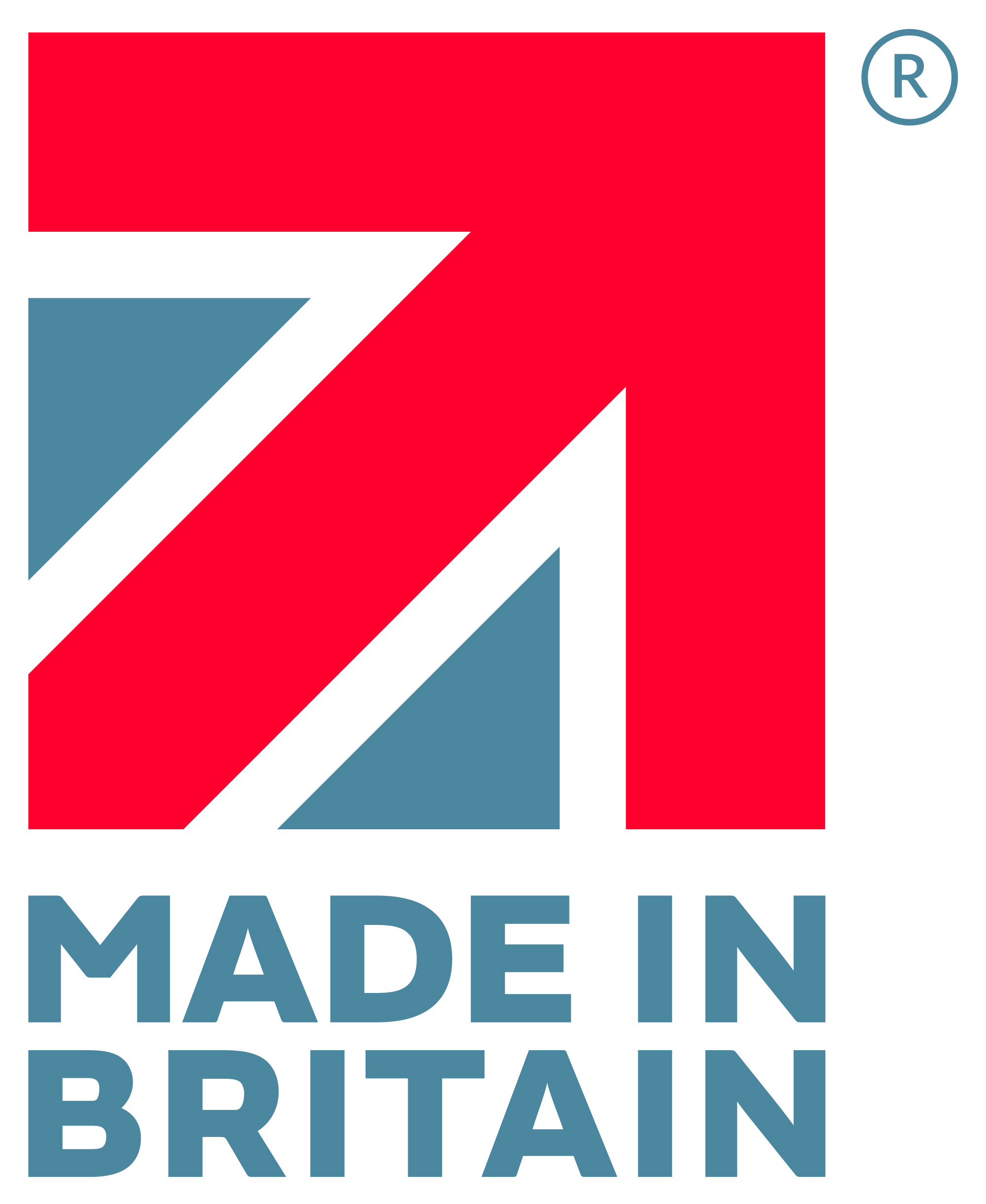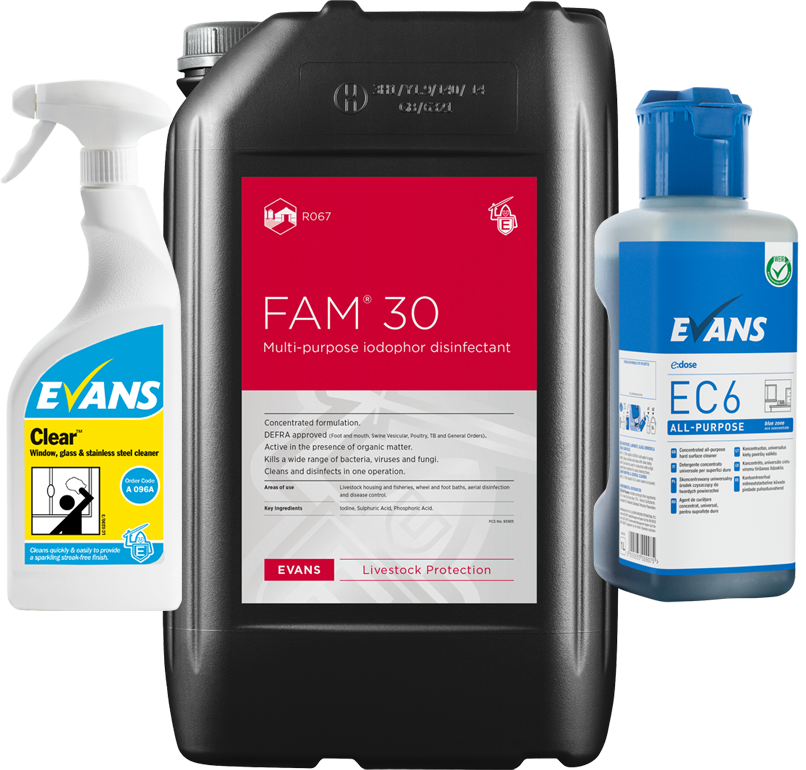25 January 2022
A biofilm is a community of microorganisms embedded in an organic polymer matrix, attached to either an inert or living surface and formed by one or more species.Bacteria have the capacity to attach and colonize the surface of most natural and man-made materials, including plastic, stainless steel, glass, and wood. The bacteria and biofilm will grow and strongly attach to surfaces under the right conditions and over time. Biofilms can be found in every environment inhabited by bacteria, e.g., food production, leading to contamination of products, dairy plants where thermophilic (able to grow at temperatures exceeding 500C) organisms are able to survive the pasteurisation process, and in clinical settings, causing infections from contact lenses, medical devices, and urinary catheters.
Biofilms can develop rapidly where there is a continuous nutrient source possibly maturing within 24 hours and be several millimetres thick within days. An extracellular polymeric substance (EPS) layer acts as a protective coat for the organisms with the biofilm becoming more difficult to remove as it matures.
Several of these human pathogens can cause food poisoning and have been linked to outbreaks due to cross contamination of food products. The presence of biofilms in a food production facility could potentially lead to a risk to human health.
To read a more detailed explanation from our technical team, including references, and how to remove and prevent biofilms, please download our statement HERE.












